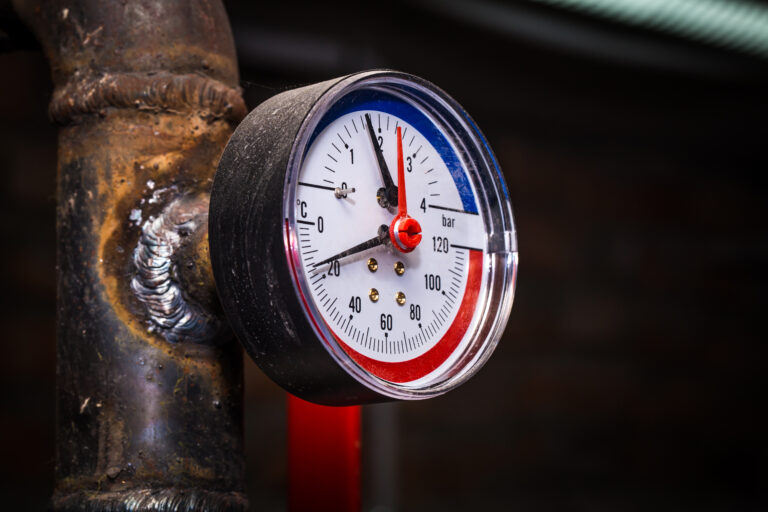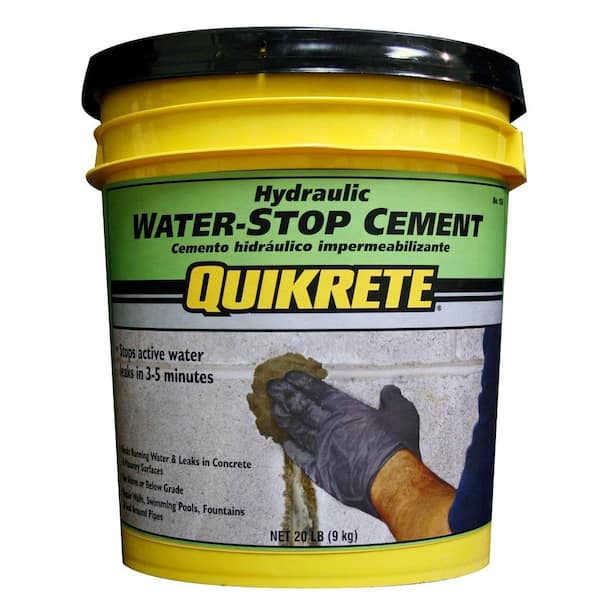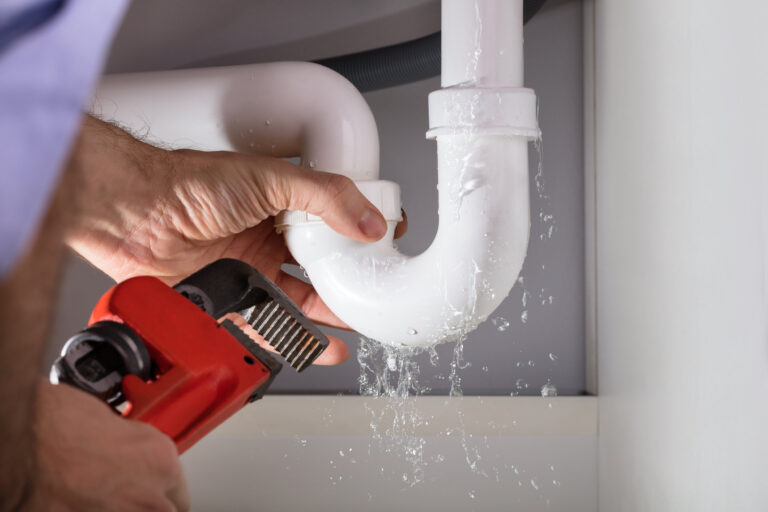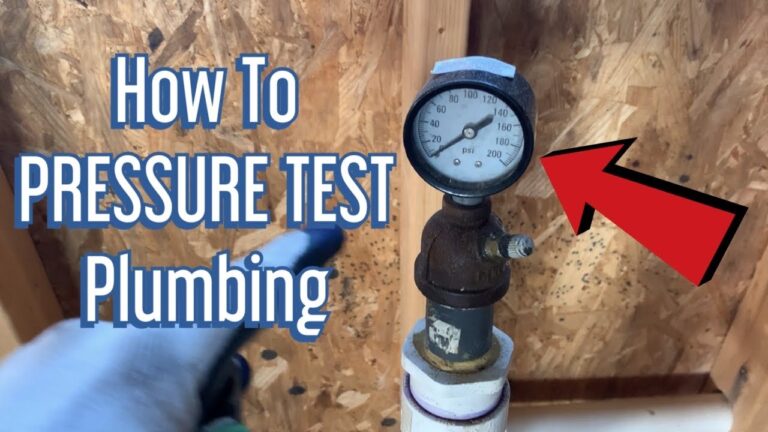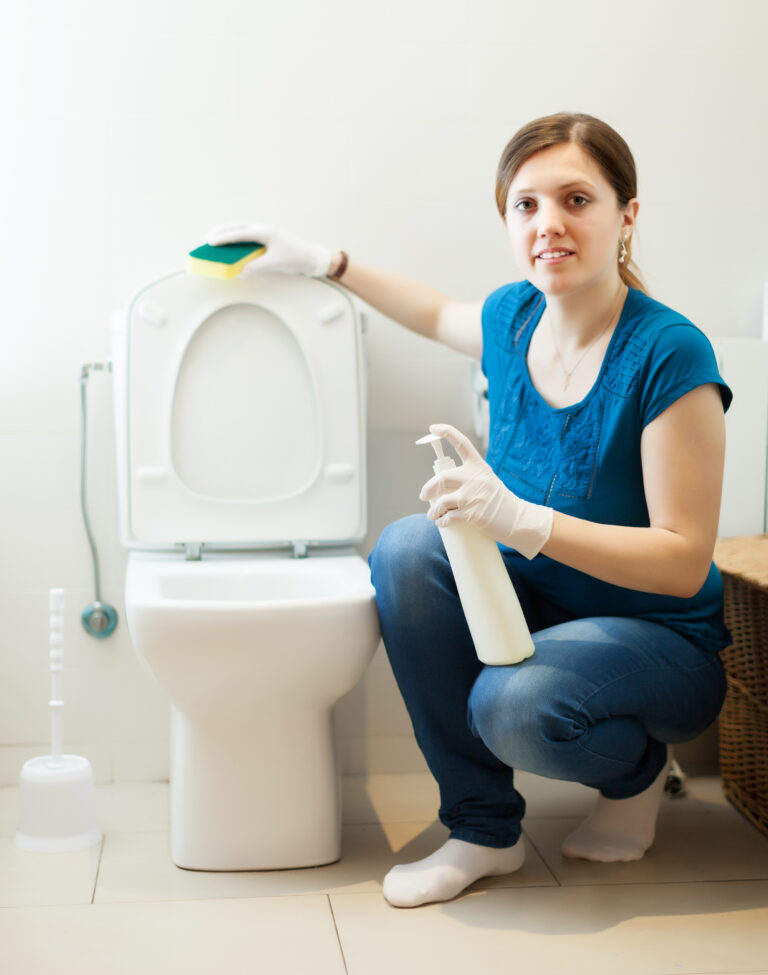Why Is My Toilet Floor Leaking?
A leaking toilet floor can be a major issue in your home. It can cause water damage and lead to costly repairs. Toilets can leak due to a variety of reasons, including a cracked tank, a loose connection between the tank and the bowl, a malfunctioning fill valve, or a worn-out wax ring. If you’re experiencing a toilet floor leak, it’s important to identify the source of the leak and take action to fix it right away. This article will discuss the causes of a leaking toilet floor and the steps you can take to fix it.
Identifying the Source of the Leak
Toilets are a vital part of our everyday lives, and a leaking toilet can be a major problem. A leaking toilet floor can cause damage to your floors, walls, and ceilings, and can even lead to mold growth. So, if you’ve noticed your toilet floor leaking, it’s important to find the source of the leak and take steps to fix it.
In most cases, the source of a leaking toilet floor is a bad seal or faulty pipes. A bad seal can be caused by a broken wax ring or a toilet that wasn’t installed properly. Faulty pipes can be caused by a variety of factors, including corrosion, freezing, or obstruction.
To identify the source of a leaking toilet floor, it’s important to inspect the area around the toilet. Look for any signs of water damage, such as water stains, wet spots, and discoloration. You should also check the pipes to make sure they’re not corroded or blocked. If you find any signs of damage or blockage, it’s important to stop using the toilet and call a plumber as soon as possible.
Once you’ve identified the source of the leak, the next step is to take action to fix the issue. If it’s a bad seal, you’ll need to replace the wax ring. This is a job best left to a professional plumber. If the pipes are corroded or blocked, you’ll need to have them inspected and replaced. Again, this is a job best left to a professional plumber.
By taking the time to identify the source of the leaking toilet floor and take action to fix it, you’ll keep your home safe and protect it from more serious damage.
Common Causes of a Leaking Toilet Floor
When it comes to plumbing issues, a leaking toilet floor can be one of the most frustrating and potentially costly problems. Understanding the common causes of a leaking toilet floor can help you take the necessary steps to fix the issue and prevent costly repairs.
One of the most common causes of a leaking toilet floor is water seeping through the caulk seal surrounding the base of the toilet. This can occur when the seal starts to deteriorate due to age, or if too much water is applied to the area during cleaning. To fix this issue, you will need to re-caulk the seal, making sure to dry the area first and apply a new caulk.
Another common cause of a leaking toilet floor is a faulty wax ring. The wax ring is located beneath the toilet and is responsible for creating a watertight seal between the toilet and the drainpipe. If the wax ring becomes worn out, water will start to leak from the base of the toilet. To fix this, the old wax ring needs to be removed and replaced with a new one.
Finally, a leaking toilet floor can be caused by a clogged or broken drain. In these cases, the water will build up and leak from the base of the toilet. To resolve this issue, you will need to examine the drain and remove any clogs or replace any broken parts.
By understanding the common causes of a leaking toilet floor, you can take the necessary steps to fix the issue quickly and prevent costly repairs.
Diagnosing the Issue
When your toilet floor is leaking, it can be hard to determine the cause. The most common cause of a toilet floor leak is a faulty wax ring, which is the seal between the toilet and the drainpipe. A damaged wax ring will allow water to seep through the seal and cause a leak underneath the toilet. Other possible causes of a toilet floor leak include a damaged flange, a broken supply line, and a cracked porcelain toilet. In some cases, the leak may be coming from the pipes in the wall or ceiling.
To diagnose the issue, the first step is to identify the source of the leak. If it is coming from the base of the toilet, then it is likely a wax ring issue. If the leak is coming from the pipes in the wall or ceiling, then the problem is likely further down in the plumbing system. To access the pipes, you may need to call a plumber to cut a hole in the wall or ceiling.
To confirm the cause of the leak, you can check the toilet and drainpipe for any signs of damage. You can also look for water around the supply line or flange. If these components are damaged, they need to be replaced. Finally, you should check the porcelain toilet for any cracks that could be the source of the leak.
By properly diagnosing the source of the toilet floor leak, you can determine the best course of action to repair the issue. Whether you choose to fix it yourself or call a plumber, it is important to take the necessary steps to fix the leak and avoid further damage.
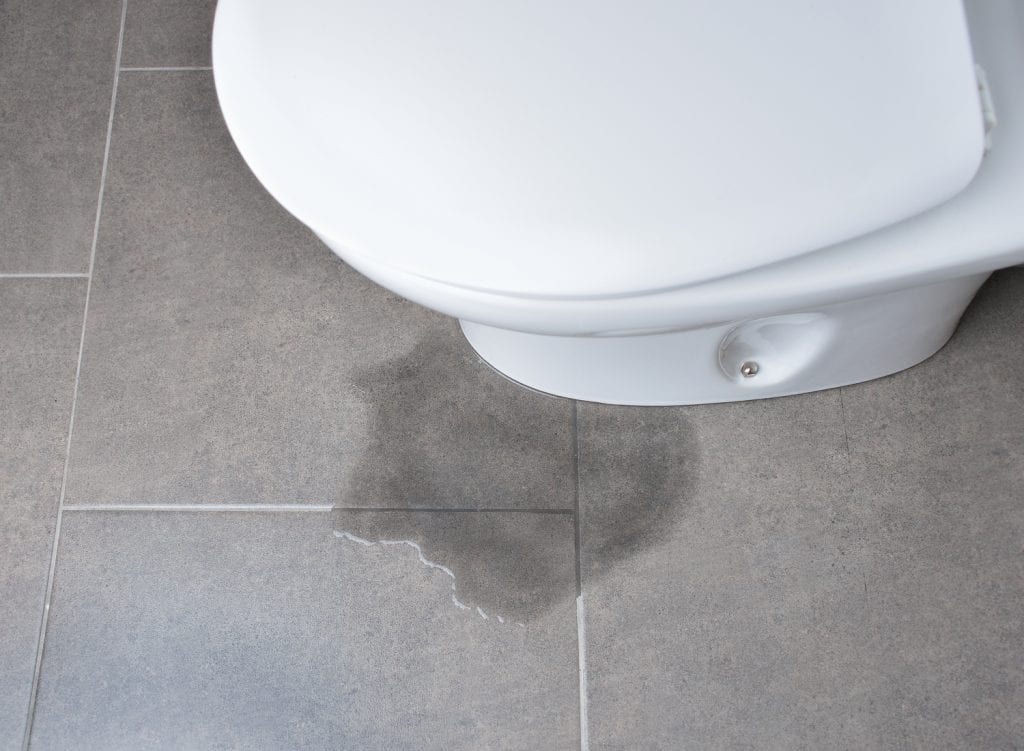
Repairing the Leak
When it comes to fixing a leaking toilet, the first step is to determine why the toilet is leaking in the first place. If the leak is coming from the base of the toilet, then the most likely culprit is a faulty seal. This seal can be located within the base of the toilet, and it can become cracked or broken over time. To fix the issue, you’ll need to replace the seal with a new one.
If the leak is coming from the floor surrounding the toilet, then the issue is likely with the wax ring or the flange. The wax ring is a thick ring of wax that sits between the toilet and the floor. This wax ring can become damaged or worn over time, allowing for water to escape and cause a leak. To fix the issue, you’ll need to remove the toilet, replace the wax ring, and then re-install the toilet.
If the toilet flange is the cause of the leak, then you’ll need to replace it. The flange is a small, round piece of metal that connects the toilet to the waste pipe. When this flange becomes corroded or damaged, it will cause a leak. To fix the issue, you’ll need to remove the flange and replace it with a new one.
These are the most common causes of a leaking toilet, but there are still other potential sources of the leak. If you’re still unable to locate or fix the issue, then it’s best to call a professional plumber for help.
Preventing Future Leaks
If you’ve recently experienced a leak in your toilet floor, you know how frustrating it can be. Not only can it cause costly water damage, but it can also be a nuisance to repair. To help prevent future leaks, it’s important to understand why they occur in the first place and how to prevent them.
Toilets are designed to be highly efficient and effective at containing liquid waste in a sealed environment. Unfortunately, when a toilet isn’t installed properly or isn’t serviced regularly, problems can arise. One of the most common issues is a leak in the floor. This can be caused by a few different issues, such as a broken seal, a cracked porcelain bowl, or a loose or corroded pipe.
The best way to prevent future leaks is to inspect and maintain your toilet regularly. Check for any cracks or signs of wear and tear, and replace any damaged or corroded parts. If you can’t reach the seal, hire a professional plumber to take a look and make sure everything is in good working order. Additionally, make sure to regularly check the water pressure in your pipes to ensure that they are not putting too much strain on your toilet.
By taking the time to inspect and maintain your toilet, you can greatly reduce the chances of future leaks. Though it may seem like a hassle, it’s worth the effort to prevent costly repairs and water damage.
Troubleshooting Tips
Toilets are a crucial part of the modern home. When a toilet starts leaking from the floor, it can cause a range of issues from water damage to mold. Before trying to fix the problem yourself, it’s important to identify the source of the leak.
In most cases, a toilet leaking from the floor is caused by a worn seal or a loose connection between the toilet and the floor. Other causes can include clogged drains, corroded pipes, and even a damaged flange.
To troubleshoot a toilet floor leak, start by inspecting the toilet for any visible damage or cracks. If the issue is a loose connection, use a wrench to tighten the bolts around the toilet’s base. Also, check for any signs of corrosion around the drain or flange. If the seal is damaged, use a putty knife to remove it and replace it with a new one.
Finally, if the issue is a clogged drain, use an auger to snake the pipe and remove any debris. If the clog persists, it’s best to call a plumber to remove it.
By following these simple steps, you can easily identify and fix a toilet floor leak. Remember to always use the right tools and wear protective gear when handling repairs. If in doubt, it’s best to call a professional.
FAQs About the Why Is My Toilet Floor Leaking?
1. What causes a leaking toilet floor?
A leaking toilet floor is usually caused by a malfunctioning wax seal or a loose connection to the water supply.
2. How can I tell if my toilet floor is leaking?
Signs of a leaking toilet floor include water pooling around the base of the toilet, a strong smell of sewage, or a sound of running water when the toilet is not in use.
3. How can I fix a leaking toilet floor?
Depending on the cause of the leak, you may be able to fix the problem yourself by replacing the wax seal or tightening the water supply connection. If the repair is more complicated, contact a professional plumber for assistance.
Conclusion
The cause of a leaking toilet floor is usually due to a faulty seal between the toilet and the floor, or a worn-out flange. In either case, it is important to fix the leak as soon as possible to prevent further damage to the floor or surrounding area. It is best to call a professional plumber to diagnose and repair the issue. With the right diagnosis and repair, you can protect your home from further damage and enjoy a properly functioning toilet.


